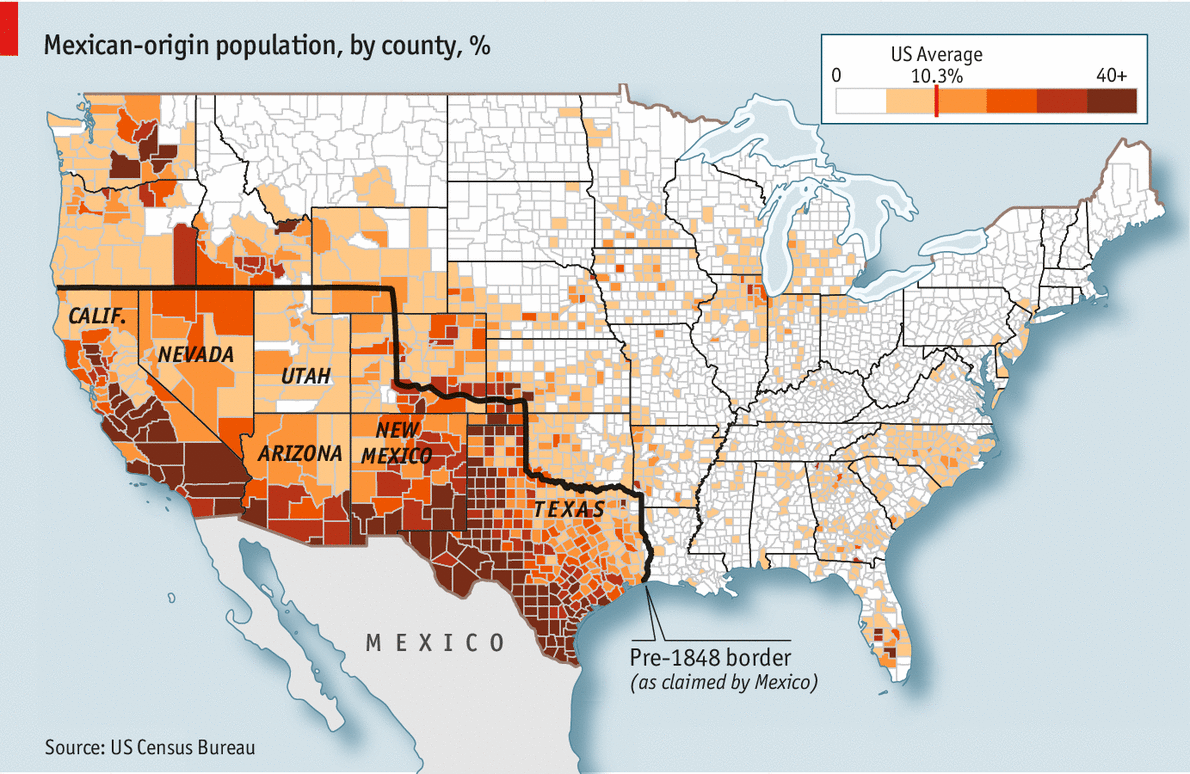For the first time in 2010 Morelia en Boca started showcasing Mexico’s gastronomic culture in Michoacán’s colonial capital. Once a year traditional cooking methods, along with new trends in the culinary world are brought together in what has become one of the most significant gastronomic events in the country. Cristina Potters is among those to have been present since the beginning. Her close relationship with several of the event organizers gives Potters, whose website Mexico Cooks is praised by Lonely Planet, Travel Age West, and Mexico Premiere, an intimate view of this year’s event. She confesses she couldn’t miss this year because “of the homage being paid to my good friend (restaurateur of Mexico City’s El Bajio) Carmen “Titita” Ramirez. I am also looking forward to learning about new products from Michoacán, seeing friends and exploring more about cuisines of Mexico and Michoacán from chefs and other producers.” After more than thirty years living in and traveling through Mexico, you’d think that Potters would have found her full, but the gray-haired, blue-eyed foodie is passionate about talking and partaking in gastronomic culture.
 |
| Photo Source: Taste of Tequila |
Cristina’s first encounter with Mexican cooking was in the convent where she was living when she first arrived in Mexico. Volunteering in the overcrowded Tijuana jail, handing out food to the inmates, it was Mexico in the 80s. “I was studying a postgraduate degree in psychology and theology in the Northwest of the United States, volunteering with a group of people who were working with mentally ill addicts who were homeless. The Bishop of Tijuana got in touch with us. One of the other volunteers, a nun, had a close relationship with Mother Theresa and the Bishop had the hopes that Mother Theresa’s order could help with a very similar situation in Tijuana.”
As it turned out, Cristina and some of the other volunteers ended up in Tijuana later that year. That was Cristina’s very first contact with Mexico and Spanish. “I felt like a fish that had been caught and then thrown back into the water. It was bizarre. I loved it!” Her love for Mexico was marked by a disciplined dedication to learning the language. “I would wake up an hour earlier than everyone else and study Spanish. I had an old grammar book that I would use and a Spanish dictionary that I would read. I would memorize five new words a day and make a point of using them in conversation.” Her devotion to learning came turned out to be one of her best investments. She remained in Mexico and even became a Mexican citizen about a decade ago.
Food has been the common thread throughout Cristina’s life in her adopted land. “The first person I came close to in Tijuana was a man who had been in jail for four months.” The inmate, Sergio, was a coyote. “I was handing out food to the prisoners when this hand came out and grabbed my arm. ´Sister, do you speak English? Can you help me?´” After helping Sergio get back in touch with his family in California, Cristina received a Christmas card for years. “It was moving to be able to make an impact on a person’s life like that.” Two and half years later, Cristina’s culinary journey through Mexico continued with a trip to the heart of the country. Traveling from Tijuana to Michoacán with a nun friend, Cristina found herself 10,000 feet above sea level in a very humble home in rural Tancitaro, Michoacán. Her month long trip sparked in her a fervor for Michoacán and its food. “We would eat fresh milk that we’d buy straight from the farmer who’d measure out the milk directly into the pot. We’d have a piece of pan dulce for breakfast, maybe a piece of fruit. The tortillas were made by hand every day.”
Back in the convent in Tijuana, Cristina learned all she could about cooking Mexican food. “I didn’t know anything about Mexican food. I knew about cooking, but I didn’t know the first things about how to make a green sauce.”
Cristina affirms that her two main passions in life are food and politics and though she insists the former is “neutral” while the latter is left leaning, her thoughts on GMOs seem to go the same way as her politics. “GMOs mess up the regional cuisines. Those Monsanto crops, the corn, can cross-pollenate with the native criollo corn. The problem is that the GMO corn is infertile. The seeds are saved from one year to the next, and if the seeds are not fertile, the criollo corn will die off. Plus, you can’t make a Oaxacan dish with corn from Michoacán. These corns are specific to their region. Those three color tortillas are not gonna happen if the criollo corn disappears!” Her passion for food and politics merge, and Cristina Potters´s love for Mexico is as clear as mezcal joven. Her love for learning translates easily into a love for education and sharing knowledge. She asks me if I know how to pick out Chinese chile de arbol. “Chinese chile de arbol?” I am incredulous. She nods and explains. “If there is no stem, or seeds and it is flat, you can be sure those chiles are Chinese. They pick off the stems, so there is no excess weight and the same with the seeds. They are flat because they are packed tight. These chiles are flavorless and bland.” And what about jamaica flowers, she asks me. “The jamaica flower is also being imported from other countries like The Sudan. The jamaica flower that is dark purple is usually Mexican but ask your marchante if it is nacional.” Buy local and national food. Now those are political ideals I can get behind and, happily put in my mouth.
Cristina Potters lives in Mexico City with her wife, cellist Judith McKnight. She writes regularly for her blog, Mexico Cooks!



